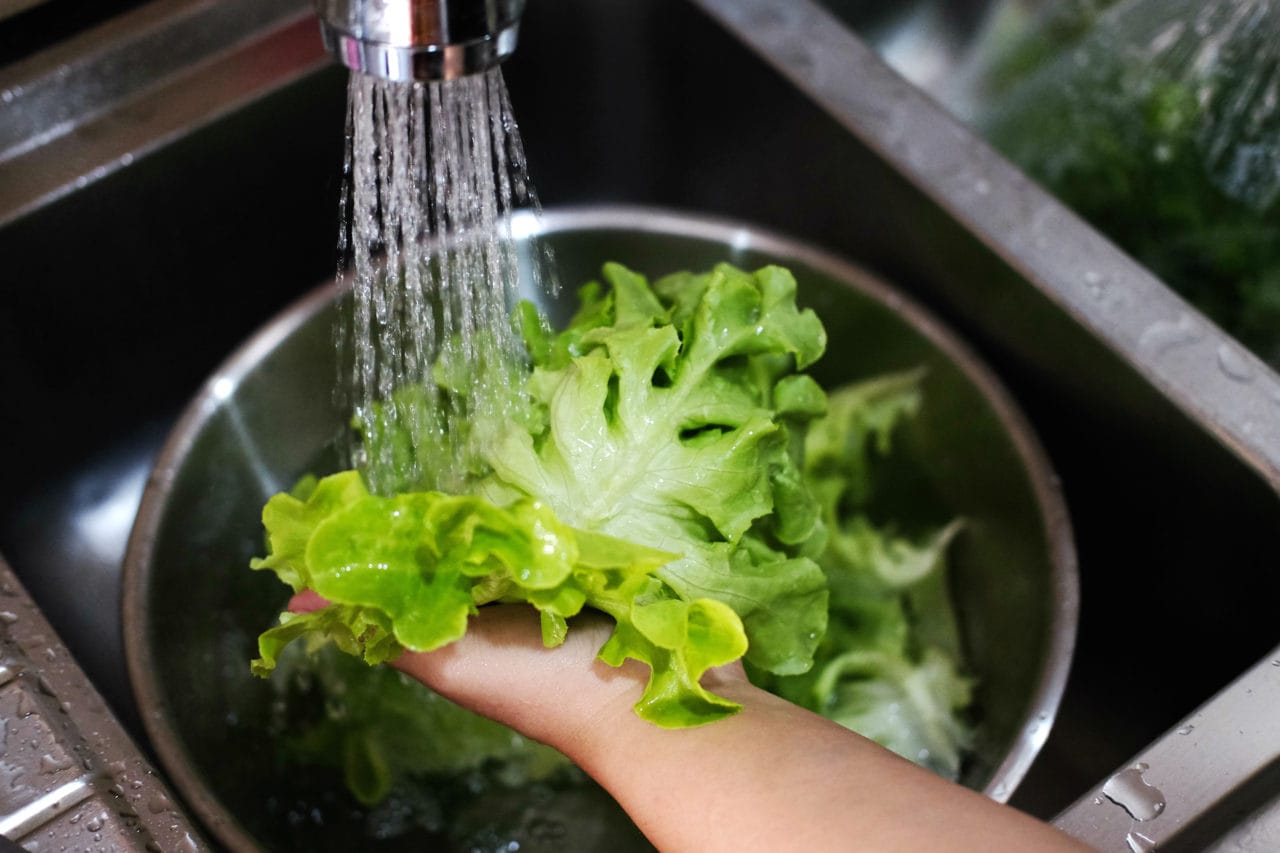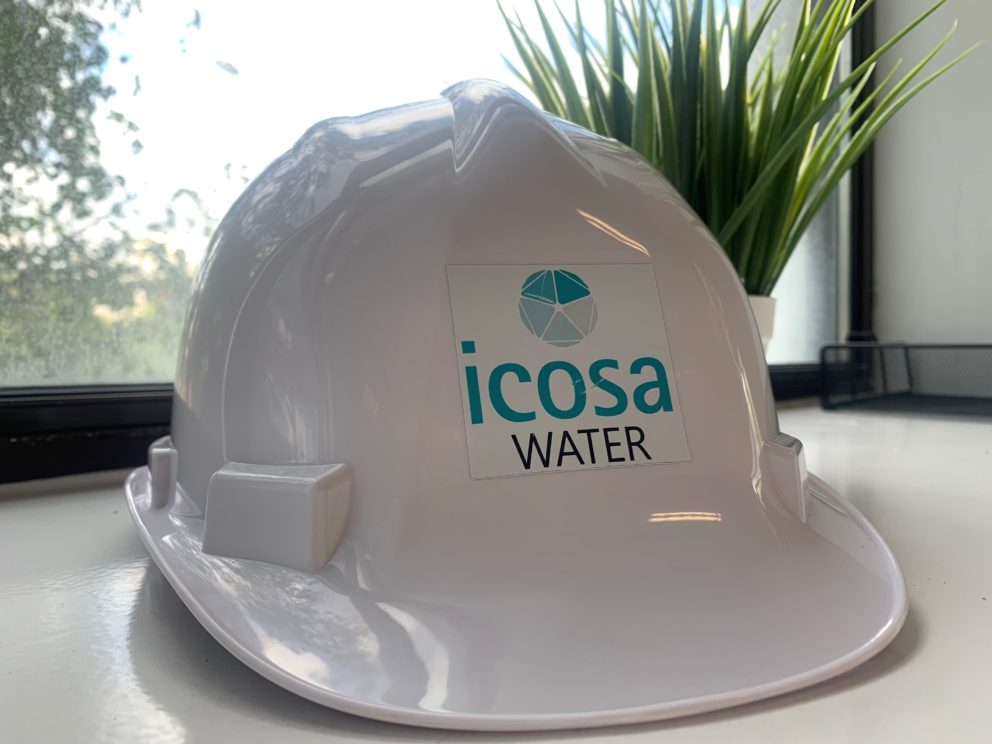If you have low water pressure or no water at all, there are some simple steps you can follow to help identify the problem and perhaps fix it.
The pressure of your water CAN BE affected by many factors, including:
- The height of your property in relation to our water main and relevant service reservoir
- The condition of your private supply pipe
- If the stop tap is not turned on sufficiently
- Whether your property shares a supply pipe with any other property
- Peak demand conditions.
As a result, you may sometimes experience lower pressure.
What is water pressure?
Water pressure is the force of water as it comes out of your tap when it is turned on fully. Ofwat’s has published water pressure guidance which suggests a minimum guaranteed pressure of 7 metres head – which means the pressure necessary to raise water to a height of 7 metres, typically the height of a storage tank in a roof cavity. We aim to supply water at the stop tap on the boundary of your property at a minimum pressure of 9 metres head. This gives a minimum flow from a ground-floor tap of 9 litres per minute
Need a plumber?
If you need a plumber, we recommend that you select one which is an eligible member of an Approved Plumber/Contractor Scheme, such as the WaterSafe.
What is WaterSafe?
- WaterSafe is an online search facility which brings together thousands of qualified contractors employed by plumbing businesses from the 7 existing Approved Contractors’ Schemes across the UK.
- WaterSafe aims to raise plumbing standards by helping customers find the nearest qualified plumbing and heating professionals.
- To find out more about WaterSafe or to search for a plumbing business in your area, visit watersafe.org.uk
Checking your water pressure
- Try your kitchen tap – The main water supply normally enters your home through the cold kitchen tap or sometimes the utility room tap. If you have water coming out of this tap but no other taps in your home, then unfortunately, the problem is with your internal pipes.
- Check your stop valves are open- It is important that your stop valve is fully open. Your stop valve is normally found under your kitchen sink. If the valve is closed, turn it anti-clockwise to make sure that it is fully open. Your outside stop valve also needs to be fully open. Some properties share their water supply with their neighbours so check with your neighbours to see if they have recently used the outside stop valve. If you are unsure or are having difficulty finding either your outside or inside stop valve, please call us on 0330 111 0780.
- Check for frozen pipes – The cold weather can freeze your pipes, making them more likely to expand and burst.
- Check with your neighbour – Where possible, check if your immediate neighbours have the same problem.
If there is no issue with their supply, the problem is with your internal plumbing. If you live in a block of flats, check with the building maintenance, your local authority, or the managing agent of the building for any known internal issues. - Let us Know – If you’ve completed the above steps without success, it may be a problem we are not aware of. Please call us on 0330 111 0780.


 >
> >
>